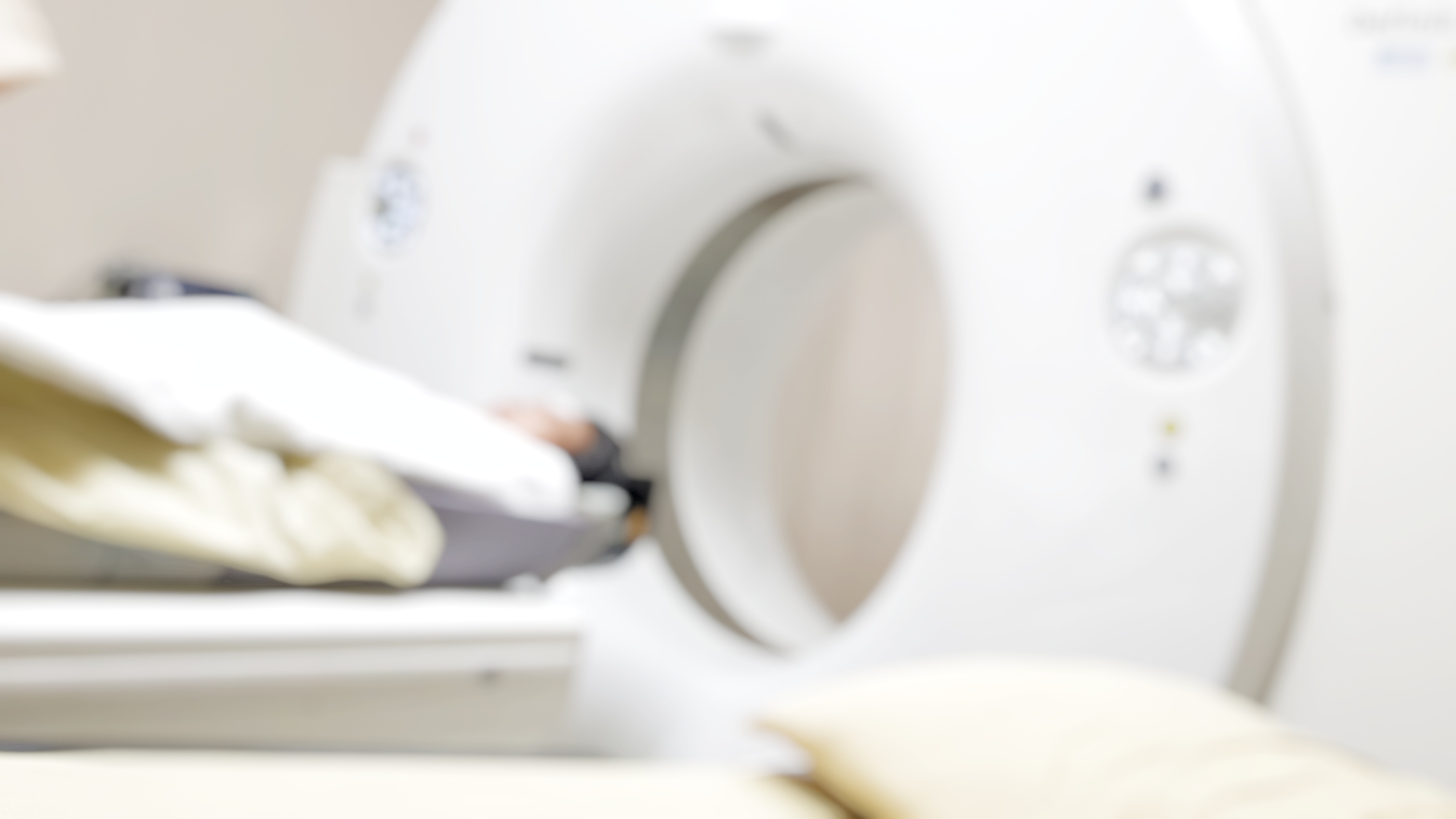
Researchers have fine-tuned their MRI usage to better detect heart failure in women, allowing earlier and more accurate diagnosis.
In 2022, the University of East Anglia (UEA) and the University of Sheffield published research explaining how MRI scans can detect heart failure.
When a heart starts to fail, it is unable to pump blood out effectively, and so the pressure in the heart rises.
The team was able to create an equation that allowed them to non-invasively derive the pressure in the heart using an MRI scanner.
However, previous use of this method wasn’t as accurate as the researchers would have liked in diagnosing heart failure in women, especially in early or borderline disease.
The new researchadapts the algorithm to account for left atrial volume (LAV) and left ventricular mass (LVM) being higher in men, thus improving the technique for heart failure detection in women.
More accurate, less invasive
Women suffer disproportionately from a type of heart failure wherein the pumping function of the heart is preserved, but the ability of the heart to relax and fill with blood is impaired.
Co-author of the study Dr Gareth Matthews, of the University of East Anglia’s Norwich Medical School, said: “Currently one of the best ways of diagnosing heart failure is to measure pressures inside the heart with a tube called a catheter. While this is very accurate, it is an invasive procedure, and therefore carries risks for patients, which limits its use.
“For this reason, doctors tend to use echocardiograms, which are based on ultrasound, to assess heart function, but this is inaccurate in up to 50 per cent of cases. Using MRI, we can get much more accurate images of how the heart is working.”
Echocardiography struggles to diagnose this type of heart failure, Dr Matthews explained. The improvements in diagnosis from this new work will enable more of this particular cohort to be diagnosed more accurately and drive better treatments.
'Huge impact in the NHS'
Lead author Dr Pankaj Garg, of the University of East Anglia’s Norwich Medical School and a consultant cardiologist at the Norfolk and Norwich University Hospitals trust, said: “By refining the method for women specifically, we were able to diagnose 16.5 per cent more females with heart failure.
“This could have huge impact in the NHS, which diagnoses around 200,000 patients with heart failure each year. This improved method will increase early detection, meaning more women can get life-saving treatment sooner."
Around 835 subjects were recruited from the Sheffield centre for the initial 2022 study, and 454 women were recruited from the Leeds centre for the follow-up research.
The research was a collaboration between the University of East Anglia, the University of Leeds, the University of Sheffield, the Norfolk and Norwich University Hospital NHS Foundation Trust, the National Heart Research Institute Singapore, Duke-NUS Medical School in Singapore, Queen Mary University of London, the National Institute for Health and Care Research’s Sheffield Biomedical Research Centre, the University of Amsterdam and Kocaeli City Hospital in Turkey.
It was funded by the National Institute for Health and Care Research (NIHR) Sheffield Biomedical Research Centre, the Wellcome Trust, and the National Medical Research Council (NMRC).
Read the full study here.
(Image: Pornpak Khunatorn, via GettyImages)
